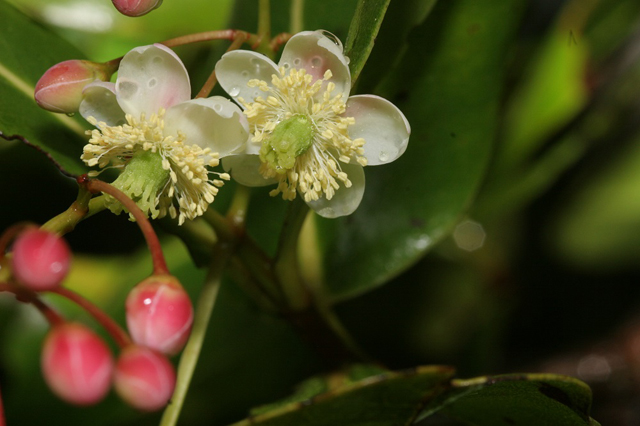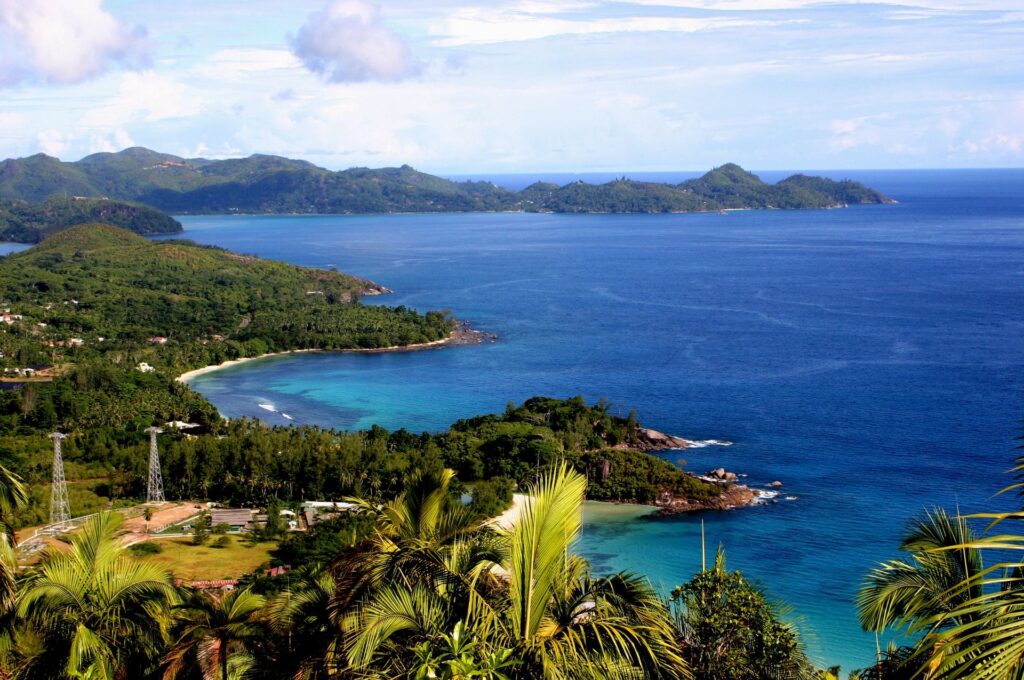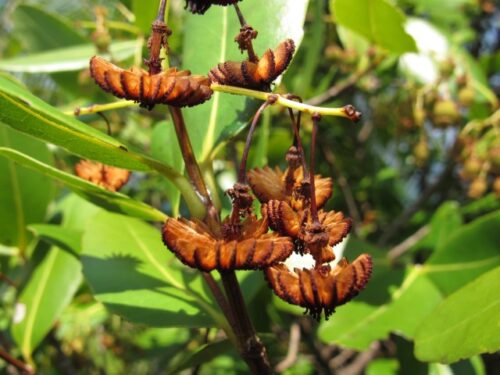Hidden away on the misty granite cliffs of Mahé, the largest island in the Seychelles, grows one of the world’s rarest and most enigmatic trees: the Jellyfish Tree (Medusagyne oppositifolia). It’s a name that evokes curiosity, and rightly so, this tree isn’t just rare, it’s a botanical mystery, an evolutionary relic, and a reminder of the fragility of our planet’s biodiversity.
A Survivor from Another Time 🌍
The jellyfish tree is a true evolutionary loner. It has no close living relatives and represents its own unique family: Medusagynaceae. Fossil evidence suggests it may have once been more widespread, but today it’s found only in a few remote locations on Mahé Island.
For a while, scientists believed the jellyfish tree had gone extinct, until it was rediscovered in the 1970s, clinging to the steep, windy granite slopes where few other plants could survive. Since then, it has become a symbol of hope in the face of ecological loss.

What Makes It So Special? 🍃
The tree itself doesn’t resemble its underwater namesake — not exactly. But its fruit, a round capsule with curling lobes, bears a resemblance to jellyfish tentacles, which earned it its memorable name.
Here are a few fascinating features:
🌱 Hardy Habitat – The jellyfish tree thrives in dry, rocky outcrops with minimal soil, an environment that limits competition but also restricts its growth.
🌸 Unusual Flowers – It produces white, waxy flowers with both male and female reproductive parts, which is somewhat rare.
🌳 Slow Reproduction – Despite flowering and fruiting, it rarely produces viable seedlings in the wild, making natural regeneration incredibly difficult.
A Genetic Enigma 🧪
From a scientific standpoint, the jellyfish tree is a genetic outlier. Its DNA and reproductive behavior don’t quite line up with other known plant families, adding to its allure. Botanists continue to study it to understand its lineage and why it has survived when so many of its kin have vanished.
Conservation Status: Critically Endangered ⚠️
With fewer than 100 mature individuals known to exist in the wild, the jellyfish tree is classified as Critically Endangered by the IUCN Red List. Its main threats are:
– Habitat loss
– Invasive species
– Climate change
– Lack of seedling regeneration
Conservationists are working to protect its habitats and promote seed germination in botanical gardens. Still, saving the jellyfish tree requires a delicate balance of science, care, and commitment.

Why It Matters 💚
The jellyfish tree is more than a rare plant, it’s a living fossil, a symbol of resilience, and a call to action. In a world where biodiversity is declining at alarming rates, protecting ancient species like this helps preserve the story of life on Earth.
So next time you think of trees, remember the jellyfish tree, not just for its cool name, but for the silent, stubborn way it’s held on, against all odds.
Want to dive deeper into the world’s strangest and rarest plants? Let me know, I’ve got stories about ghost orchids, dragon’s tree, and more!
References:
https://en.wikipedia.org/wiki/Medusagyne
